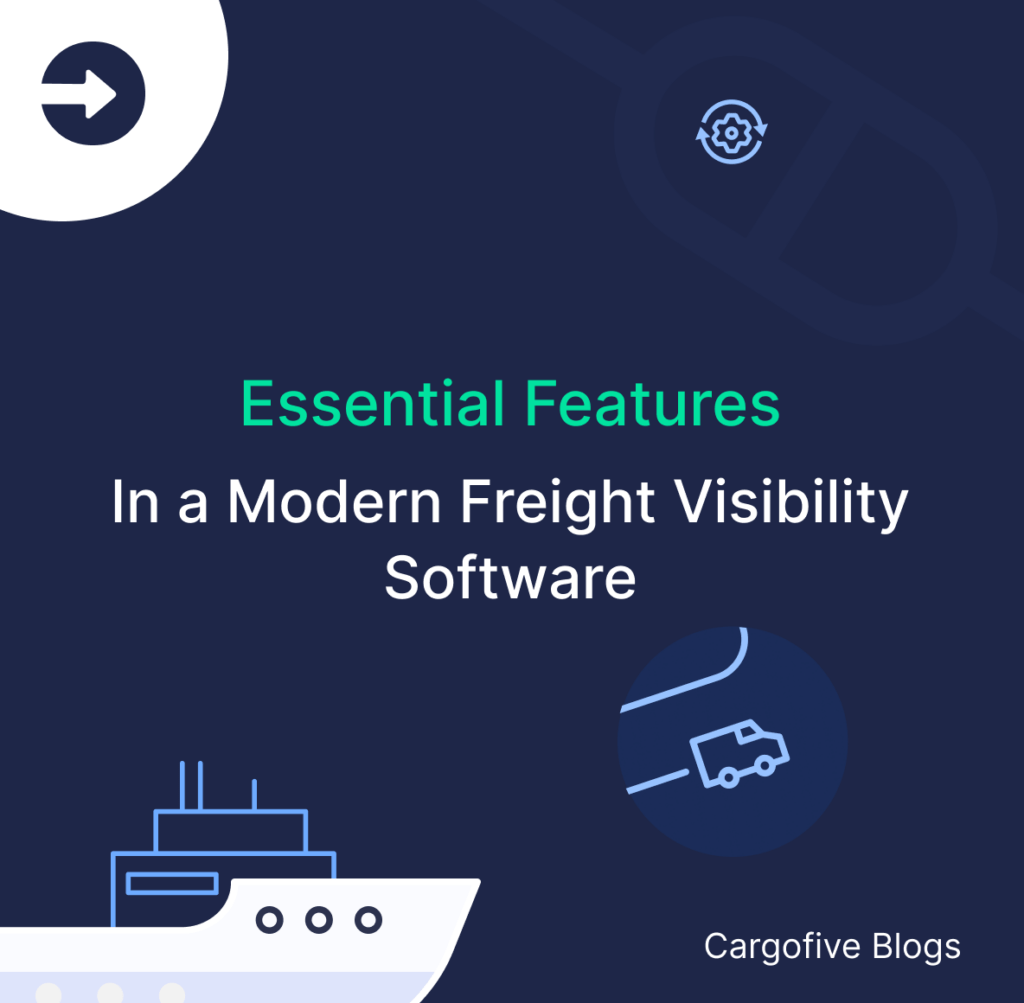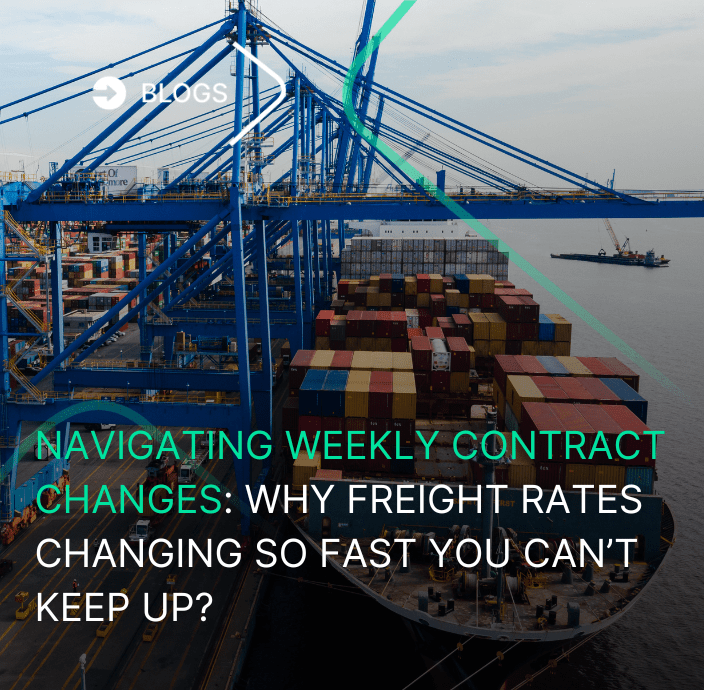The changes in maritime transportation have been accelerated due to the digitization of its processes and new tools used in international operations. In this case, using the electronic Bill of Lading becomes more and more relevant, and its benefits should be considered.
The debates around the electronic Bill of Lading (eB/L) are becoming loud in the industry, and even more for the attractive benefits of its implementation. Also, being the Bill of Lading one of the most important documents in maritime transportation, every change on it affects one way or another the commercial operations.
The relevance of this document is that it must be presented all through from the origin up to the destiny of the load. At the same time, it is essential for customs clearance, funding of commercial operations, verification of the transport’s contract, the load’s receipt notification, as well as it works as an ownership proof.
Until recently, the B/L had not changed at all and it was a paper document that had to be moved from one place to another. This caused wasted time and unnecessary expenses considering the current digitalization in the freight industry. Now, with the introduction of the electronic Bill of Lading, some paradigms have changed and its benefits must be evaluated so that we can take a piece of the cake.
Benefits of using the electronic Bill of Lading
1- Processes optimization: The paper B/L adds days or even weeks to the commercial process because it must be printed, packaged, shipped, and then we have to wait for a response. Even more, if this process is interrupted by losses during the shipment. With its electronic format, this doesn’t happen because all the information is registered online, which allows the acceleration, optimization, and process continuity.
2- More safety: The eB/Ls are processed safely and securely so, avoiding the physical movement, it also avoids losses or frauds during the shipment. Furthermore, with technologies such as blockchain, important solutions can be achieved to eliminate the risks in these operations.
3- Immediate information: The parties have access to the information immediately and at their fingertips at any time, which facilitates the operation’s follow-up.
4- Useful for everyone: Being an automated documentary process, the standards used generate fluid communication between shippers, parties, banks, and freight forwarders. This means that everyone has a common language, no matter where they come from.
5- Fewer mistakes: As already said, the B/L is an important document in maritime logistics, and avoiding mistakes in it is crucial. The electronic Bill of Lading allows to minimize those codifications mistakes that can happen by registering or correcting the information because it has forms fields and standard autocomplete functions.
6- Transparency: The B/L also works as a source of essential and integral information, which has names, directions, purchase orders or reference numbers, special delivery instructions, dates, load descriptions, type of packaging, type of load, etc. In its electronic format, this information becomes transparent since every part has access to it whenever they want.
7- Significant cost savings: For the Digital Container Shipping Association (DCSA), with just 50% of the eB/L adoption, the industry can save 4 thousand million Euros annually. Besides, that adoption rate is expected to be achieved by 2030, considering the technological advances in the maritime industry.
8- More ecological: Facing serious environmental challenges such as deforestation and climate change, reducing paper consumption becomes crucial. Sustainable maritime technology is here and this digital development could be our contribution.
The Bill of Lading is one of the many documents that can be used electronically, so now exploring the digitization becomes more and more attractive for everyone. Many shipping companies have already joined and freight forwarders can take advantage of this opportunity.
AUTHOR



